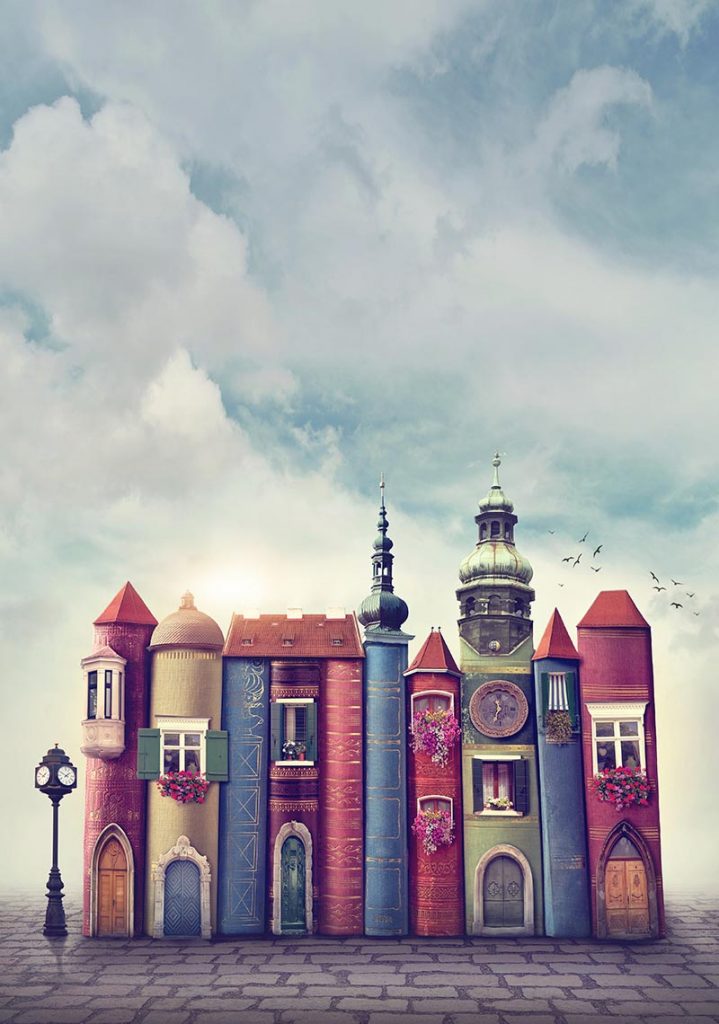 From my early beginnings as a young introvert, the public library has always been a bit of a refuge. Years later, not much has changed, albeit with an additional affinity for endless hours spent scouring second-hand bookstores to add to my ever-growing “to-read” pile.
From my early beginnings as a young introvert, the public library has always been a bit of a refuge. Years later, not much has changed, albeit with an additional affinity for endless hours spent scouring second-hand bookstores to add to my ever-growing “to-read” pile.
From one bookworm to another, this column will be underscoring and outlining various literary genres, authors, and recent reads and can serve as an introduction for those unfamiliar with these works, as a refresher for long-time aficionados, and maybe as an inspiration for readers to share their own suggested topics. Do you have a topic that you would like covered in this column? Feel free to contact me for an interview and a feature in an upcoming column.
Who
This column serves as an introduction to works of Mario Vargas Llosa, a reminder of some of the author’s classics, and as an inspiration for further reading.
Students who enjoy Vargas Llosa’s novels may also consider the works of Julio Cortázar, author of Hopscotch (Rayuela), Jose Saramago, author of The Stone Raft (A Jangada de Pedra), and Jorge Luis Borges, author of Labyrinths.
Author Mario Vargas Llosa was born in 1936 in Arequipa, Peru. He received The Nobel Prize in Literature in 2020. His 1963 novel The Time of the Hero (La Ciudad y Los Perros) is believed to be one of the leading works of the Latin American Boom years. The Boom years began during the 1960s, and featured a variety of literary works by a variety of authors, often in exile. The genre of Magic Realism was often seen in these works, which “is characterized by the matter-of-fact inclusion of fantastic or mythical elements into seemingly realistic fiction.”
What
Some of Vargas Llosa’s well-known novels include The Feast of the Goat (La Fiesta del Chivo), Death in the Andes (Lituma en Los Andes), and The Time of the Hero (La Ciudad y Los Perros).
Where
Many of these works take place throughout Peru.
When
These works often take place during the 20th century.
Why
Students may consider the works of Vargas Llosa if they are interested in learning more about Peru’s history, culture, and traditions, as well as learning a bit about the Latin American Boom Years and Magical Realism.
How
AU’s wide range of diverse courses make it easy to study this topic in depth. Courses related to the works of the Mario Vargas Llosa are available in a variety of disciplines, including one’s that may fit into your Degree Works. (Always check with a counsellor to see if these particular courses fulfill your personal graduation requirements!)
AU students interested in learning more about this topic may consider SPAN 301: Intermediate Spanish II, a senior-level, three-credit course, which “reviews and further develops basic language skills acquired in First Year Spanish.” (Students should note that this course requires SPAN 300: Intermediate Spanish I, and at the time of writing was under revision.)
Students may also consider SPAN 330: Textual Analysis and Composition, a senior-level, three-credit course, which “has been designed to target reading and writing skills while increasing vocabulary and improving grammar.” (Note that this requires SPAN 301: Intermediate Spanish II as a prerequisite.) Happy reading!
